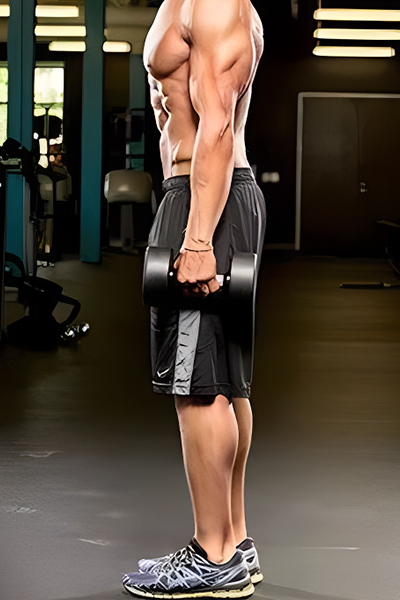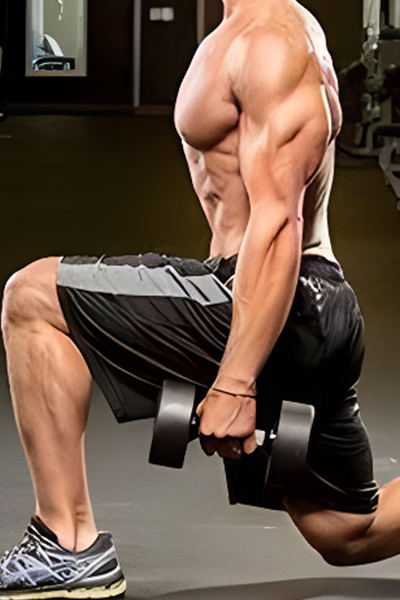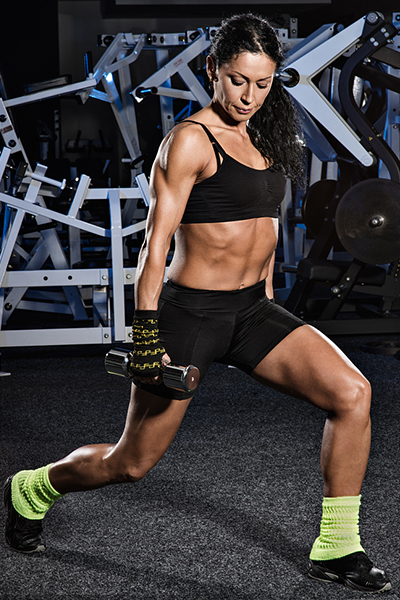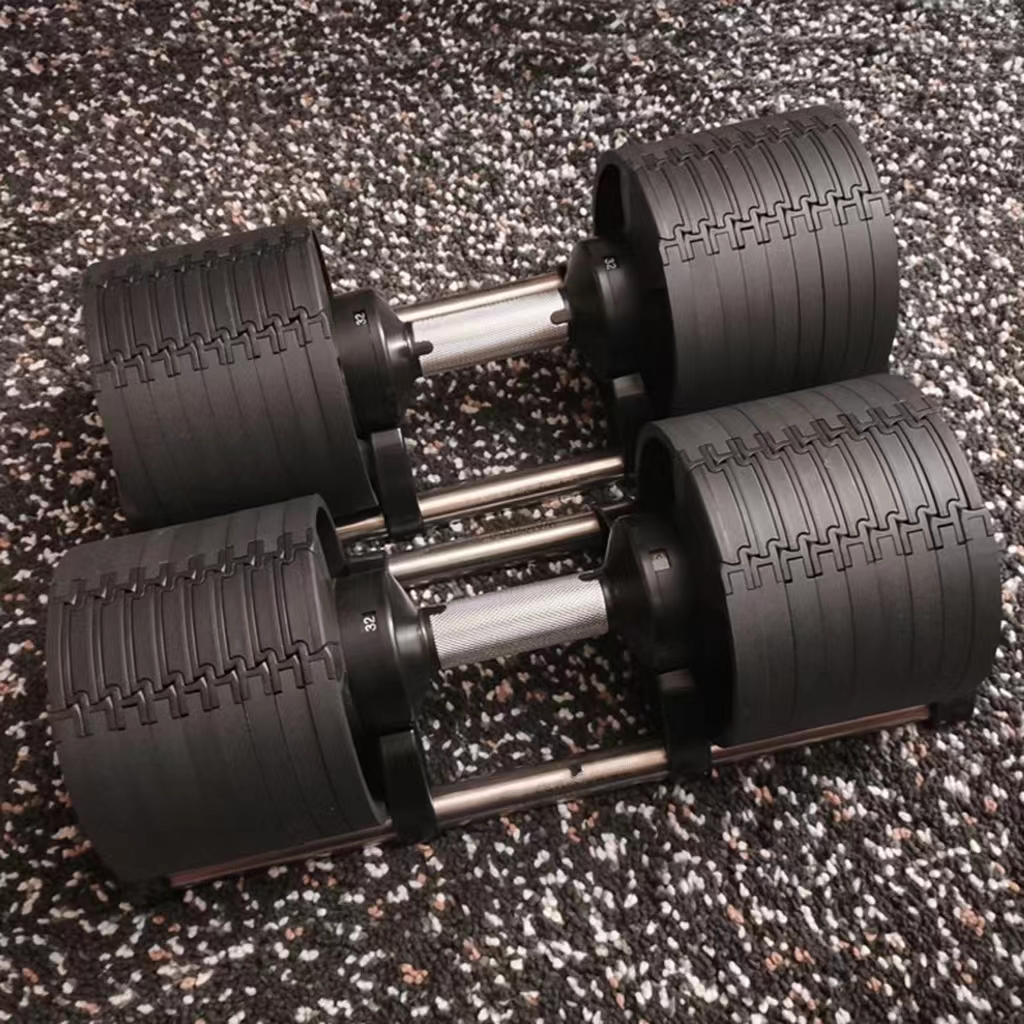Lunges are the main “squatting” pattern unilateral exercise, and as such should be a primary exercise in your training regimen. Lunges are a very adaptable, easy exercise to program, and they can be performed a myriad of ways. Today we’re taking a look at the dumbbell reverse lunge, a staple exercise that every lifter should have in their toolbox.
Don’t miss out on lunges, for this basic exercise has a lot to offer. Here’s everything you need to know about the dumbbell reverse lunge.
How To Do The Reverse Lunge
As a unilateral exercise, the lunge requires more balance and coordination than you may be used to. Fail to execute the lunge as intended and, at best, the movement won’t be effective and, at worst, you risk injury. Here’s a step-by-step guide to performing the lunge perfectly.
Step 1 — Find Your Stride Backwards

Grab a pair of dumbbells or kettlebells and stand tall with your feet together. Take a step backwards, keeping the majority of your weight on your front foot. Use the rear foot mostly for balance, and only have your toes on the floor.
The length of the step will vary depending on your anatomy as well as which muscles you hope to target. A shorter stride will engage the quadriceps more, while a longer step better targets the glutes and hamstrings. Establish the stride you want and keep it the same across repetitions.
Form tip: Find your stride length without weight at first, so that you can warm-up and minimize injury risks. Using too narrow of a stance, or a stride that is too long or short, will cause balance issues that will undermine the exercise’s efficiency. Find what feels comfortable for you and stick with that.
Step 2 — Sink Down and Graze the Floor With Your Knee

Brace your core and then bend at the knees while keeping most of your weight on your front foot. Keep your front foot connected to the floor; do not raise your heel.
Let your front knee track over your toes, while the rear knee sinks towards the ground. Graze the floor or touch it very lightly while keeping tension in your legs.
Form tip: Always control the eccentric (or down portion of the movement). Rushing it will break muscle tension — which is the catalyst for muscle growth — and might throw you off balance. Also, bumping your knee into the floor hurts. If you have trouble keeping balance, try to find a spot on the wall in front of you and keep staring at it.
Step 3 — Drive Through Your Heel

To stand back up, push through the floor with your front foot through your heel. You should feel your entire leg, but mainly your glutes, activate. Stand back to your starting position to complete a repetition, and repeat steps one through three.
Form tip: Your rear leg will contribute to the movement, but make sure that the front one is doing most of the work — around two-thirds of your body weight should be on the front foot.

HOS Fitness Adjustable dumbbells provide you with a variety of weights, whether you need to be 15 pounds dumbbells or 20 pounds dumbbells, or heavier or lighter. Do you want to own cheaper dumbbells? Do you want to have better quality dumbbells? Do you want dumbbells with more features? Adjustable dumbbells are suitable for a variety of scenarios, whether at home or in the gym, one instead of many for your convenience.
